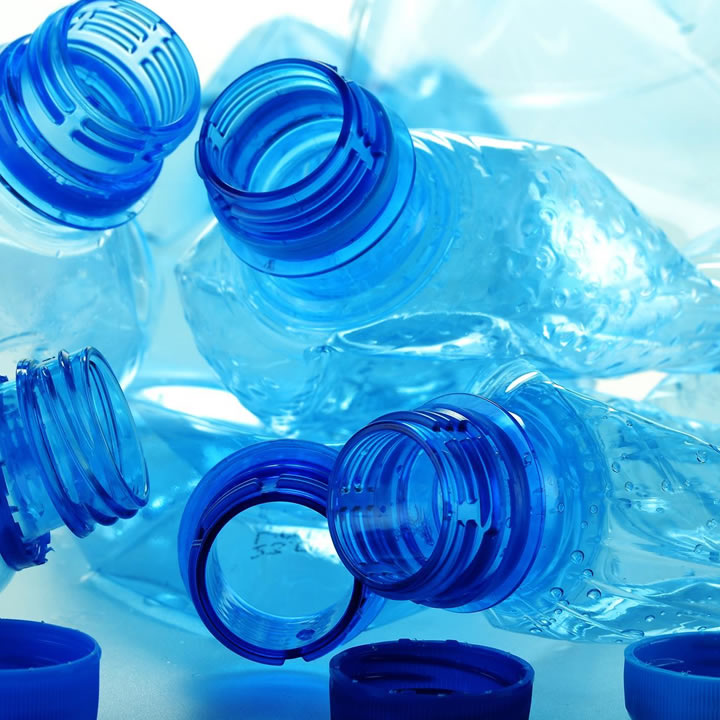PET (Polyethylene Terephthalate) is a unique commercial polymer that has a wide range of applications in the field of packaging, clothing, and the preparation of engineering resins. More than 60 percent of the world’s PET production is based on synthetic fibers. PET Plastics provide dynamic stability as it provides chemical as well as mechanical resistance. It has got recycling symbol number 1.
PET Recycling is also widely performed all over the world as PET bottles are recyclable, mainly due to the polymers it is made from. The recycled PET is used to make a variety of products in the field of automobiles, textiles, clothing, and many more. Recycled PET is also referred to as rPET. They are versatile as it serves the purpose of style and also proves to be cost-efficient.
PET items purchased by the consumers are often discarded that eventually turns the items into PET waste. The waste for us, however, is not considered as waste by the recycling industry. It is known as post-consumer PET. Countries are now developing techniques for collecting post-consumer PET. They are organizing a chain of systems in which the PET waste is separately collected from the normal household waste.
The PET items are then taken to the recycling centers where they are separated from other elements such as metal, glasses, PVC, etc. Later, the sorted PET is segmented as per the color code. Generally, three segments are made. One for the ones that are transparent, the other for the PET items which are blue or green in color, and the last one is for the remaining ones.
Colorful PET products are a cause of concern in the recycling industry as their proportions are increasing rapidly but the demand in the market is almost nil. The colorless PET is widely sold as they have multiple uses.
The post-consumer PET is shredded and fragmentation is done. This step includes a number of processes such as washing, crushing, drying, etc. Plastic Granulation is one of the key steps included in this process where items such as plastic caps are removed. As a result, PET flakes are obtained which are used in the preparation of polyester fibers and polyester sheets.
Advantages of PET Recycling:
Pet Recycling has numerous benefits. Below are a few of them:
- The carbon footprint of Recycled Pet is quite lower than virgin PET. (Carbon footprint is the total amount of greenhouse gases generated by the actions involving a particular item).
- Recycled PET is extremely light. It is easy to transport such light-weighted items and hence, it is a viable option.
- Recycled PET is completely safe to use. Hence, it is also used in the packaging of food and beverages.
Many Companies use Recycled PET to contribute to the reduction of carbon footprint and achieve sustainable goals. Pet Recycling is widely performed to curb the emission of greenhouse gases. Many organizations are now emphasizing the re-use strategy to make this world a better place to live!

